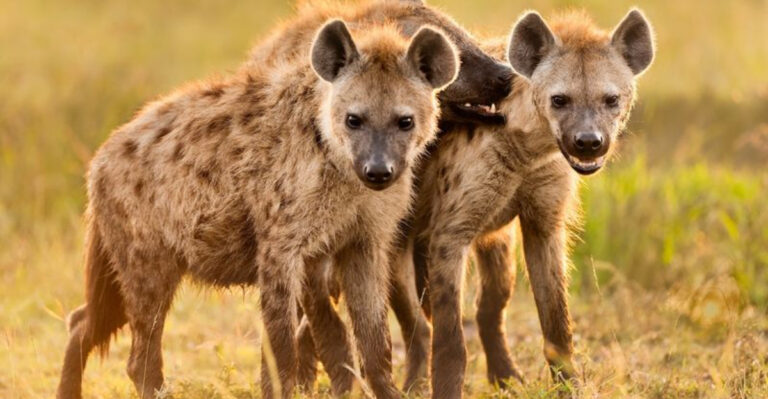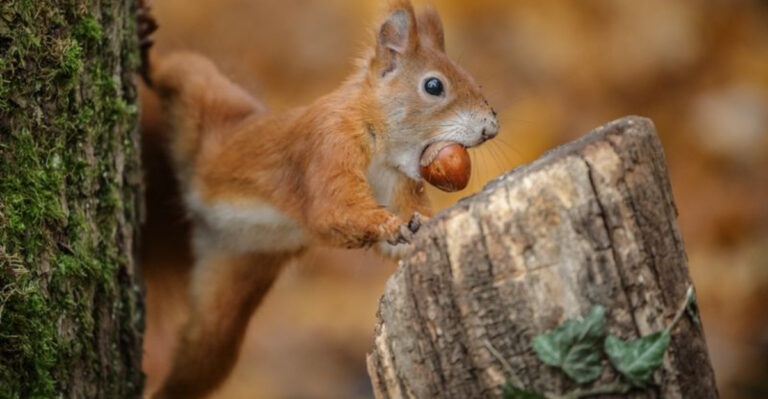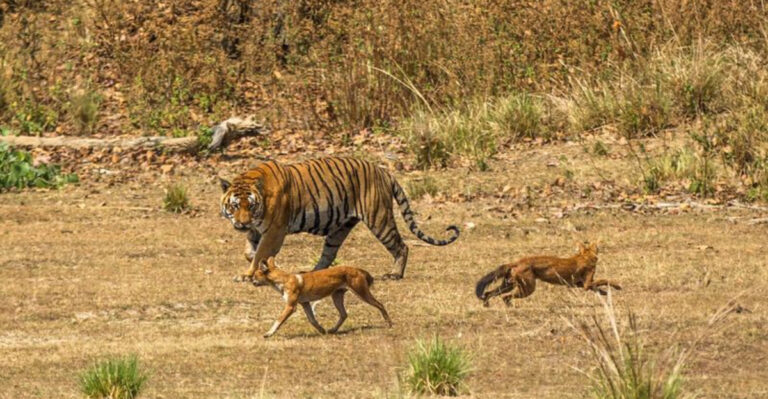Cottonmouth Snake Explained – Habitat, Venom, Behavior, And More
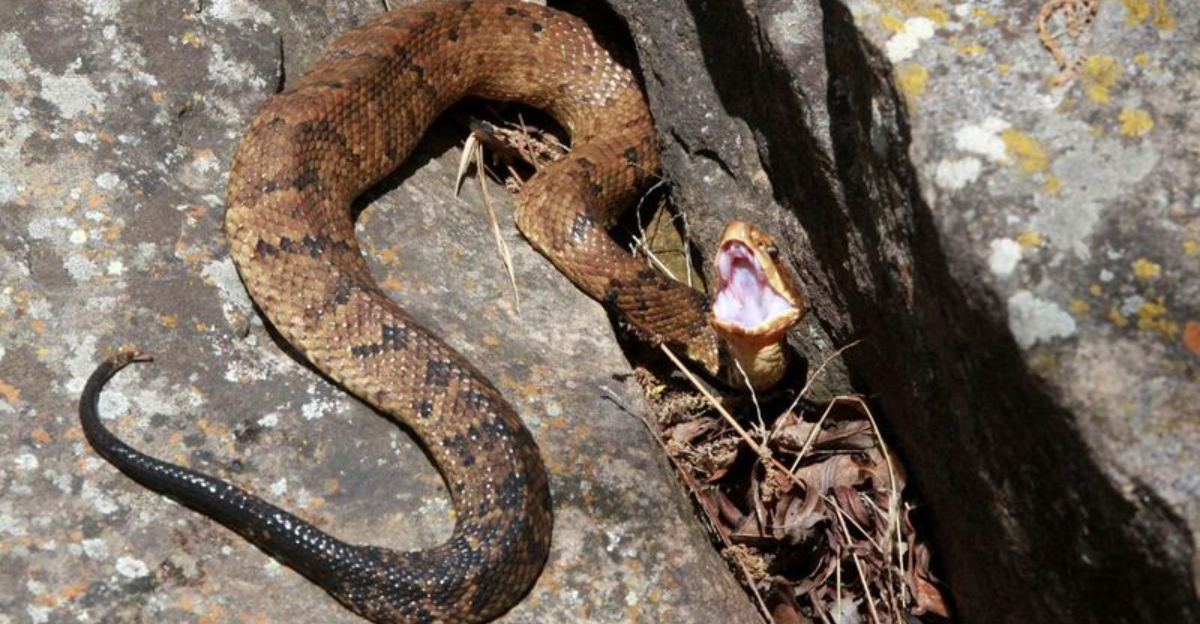
Slithering through southern swamps with a flash of white inside its mouth, the cottonmouth strikes fear into many outdoor enthusiasts.
This venomous pit viper, also known as the water moccasin, has a reputation that often exceeds reality. Let’s unravel the mysteries behind this fascinating reptile and separate fact from fiction about one of America’s most misunderstood snakes.
1. Mouth-Flashing Defense Mechanism
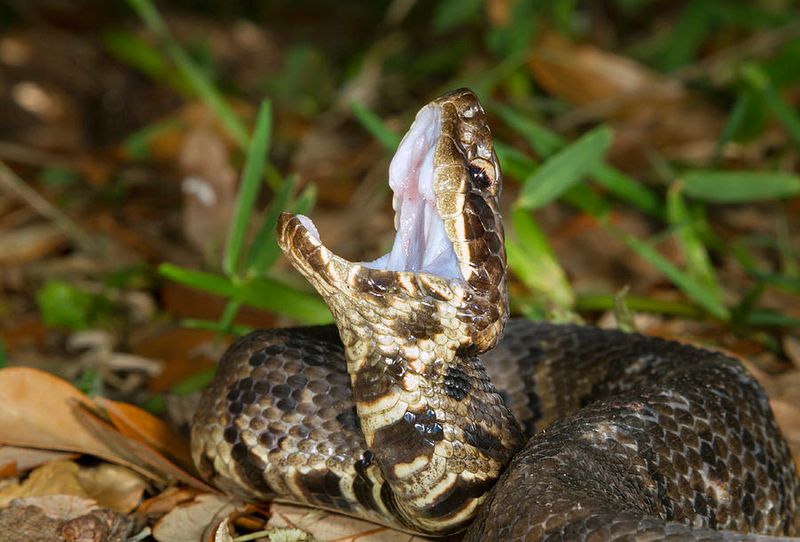
When threatened, these snakes open their jaws wide, revealing the stark white lining that gives them their name. This dramatic display isn’t just for show—it’s a serious warning to potential predators.
The bright contrast against their dark heads creates an unmistakable signal: danger ahead! Many threats back off immediately when faced with this intimidating display.
2. Semi-Aquatic Lifestyle
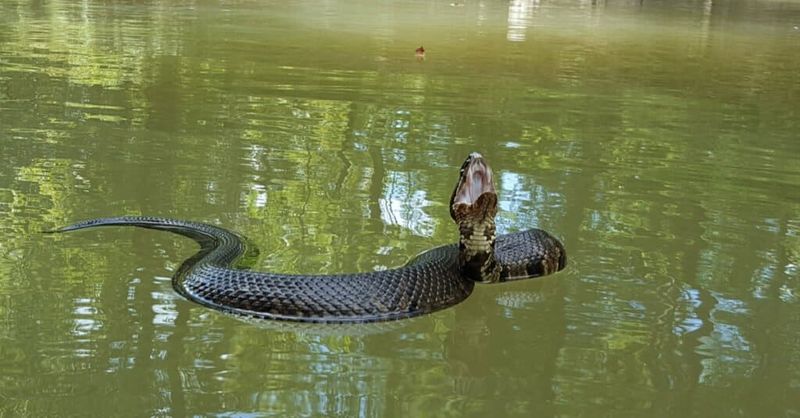
Unlike many other venomous snakes, cottonmouths are excellent swimmers. They float with their entire bodies visible on the water’s surface, rather than just their heads.
These reptiles hunt both on land and in water, making them truly amphibious predators. You’ll spot them basking on logs or rocks near water edges, ready to slip into the safety of murky waters when disturbed.
3. Potent Venom Cocktail
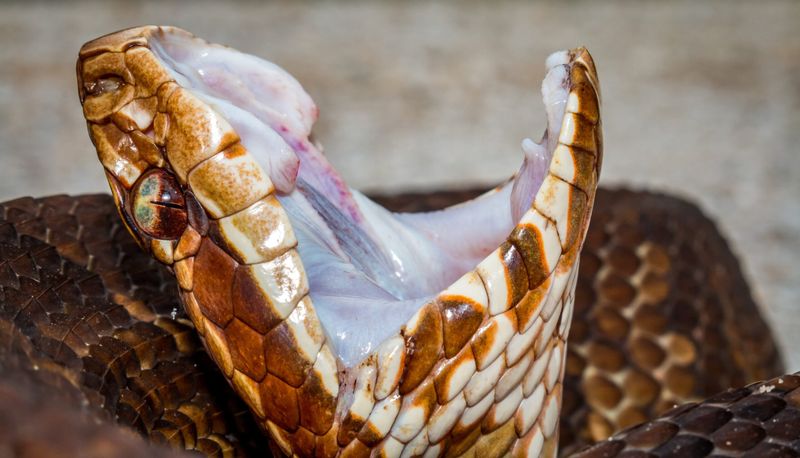
Packing a punch of cytotoxic venom, cottonmouths deliver a mixture that destroys tissue and prevents blood from clotting. Their bite can cause severe pain, swelling, and in rare cases, even death if left untreated.
Despite their dangerous bite, they typically use venom for hunting rather than defense. Many defensive strikes are actually “dry bites” where little or no venom is injected.
4. Wetland Home Preference
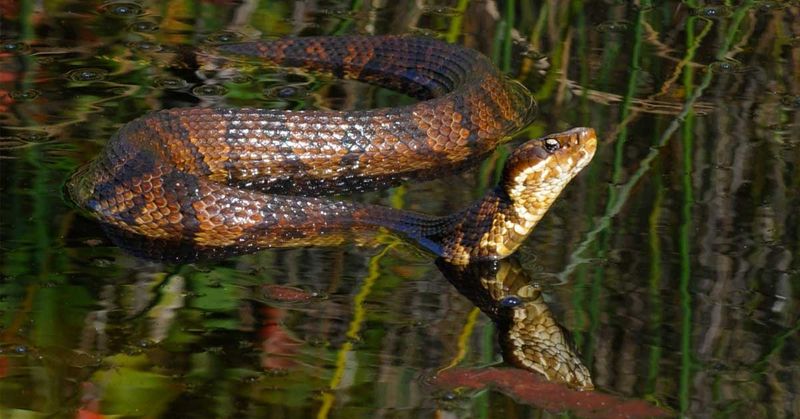
Marshes, swamps, and river floodplains form the perfect backdrop for these water-loving serpents. They thrive in the humid southeastern United States, from Virginia to Florida and west to Texas.
During colder months, they’ll venture further from water to find suitable hibernation spots. Their adaptability to various wetland environments has helped them survive despite habitat loss in many areas.
5. Opportunistic Feeding Habits
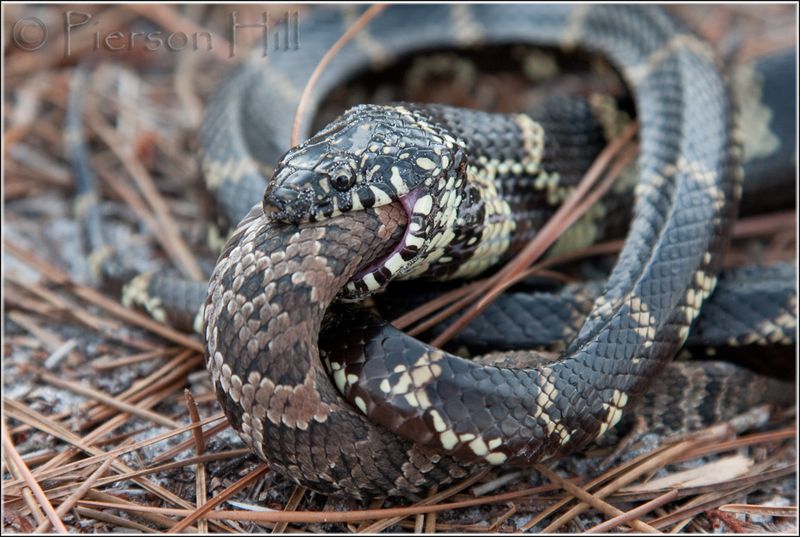
Frogs don’t stand a chance when a hungry cottonmouth is nearby! These snakes aren’t picky eaters—they’ll devour fish, small mammals, birds, lizards, and even other snakes.
They’ve been known to scavenge dead animals and even cannibalize smaller cottonmouths when food is scarce. Their varied diet helps them survive in changing environments where certain prey might become temporarily unavailable.
6. Mistaken Identity Problems
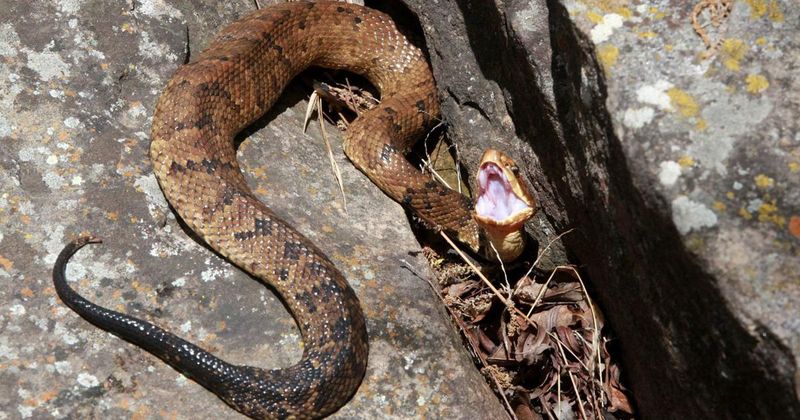
Many harmless water snakes meet unfortunate ends due to their resemblance to cottonmouths. The key differences? Cottonmouths have vertical pupils, triangular heads, and facial pits between the eye and nostril.
Water snakes lack these features and typically flee underwater when threatened, while cottonmouths often stand their ground. Learning these distinctions saves innocent snake lives and prevents unnecessary human panic.
7. Nocturnal Hunting Prowess
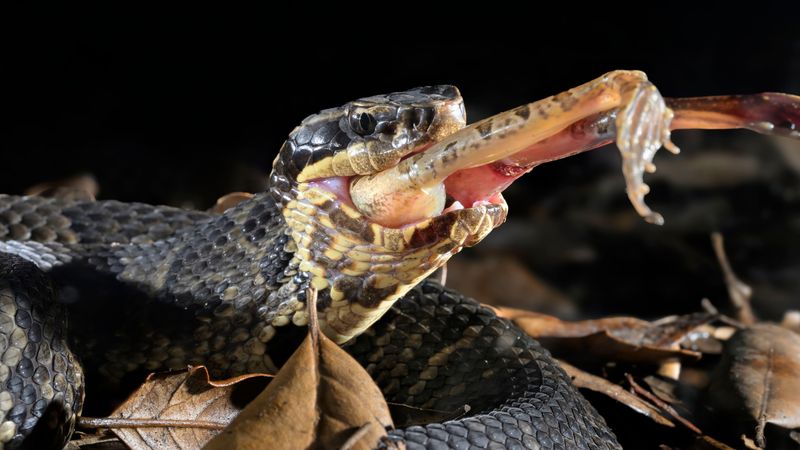
As dusk falls, cottonmouths become more active, using their heat-sensing pits to detect warm-blooded prey in complete darkness. These specialized organs allow them to “see” the heat signature of animals even on the blackest nights.
During hot summer days, they switch to nocturnal hunting to avoid extreme temperatures. This adaptation lets them thrive when other predators might be limited by their reliance on vision.
8. Impressive Size Range

Adult cottonmouths typically stretch between 2-4 feet long, though some exceptional specimens reach over 5 feet! Males generally grow larger than females, bucking the trend seen in many other snake species.
Their thick, heavy-bodied appearance makes them seem even more imposing than their actual length suggests. A full-grown cottonmouth’s muscular build gives it enough strength to subdue surprisingly large prey.
9. Live Birth Rather Than Eggs
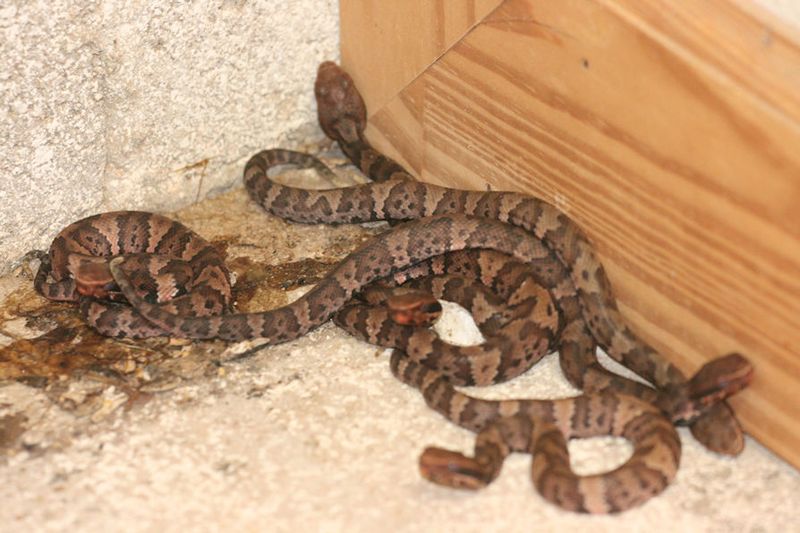
Unlike many reptiles, female cottonmouths don’t lay eggs—they give birth to fully-formed baby snakes! This reproductive strategy, called viviparity, keeps developing young safe inside mom until they’re ready to face the world.
A typical litter ranges from 1-16 babies, each measuring about 10 inches long. The young are born venomous and capable of defending themselves from day one, requiring no parental care.
10. Distinctive Swimming Style
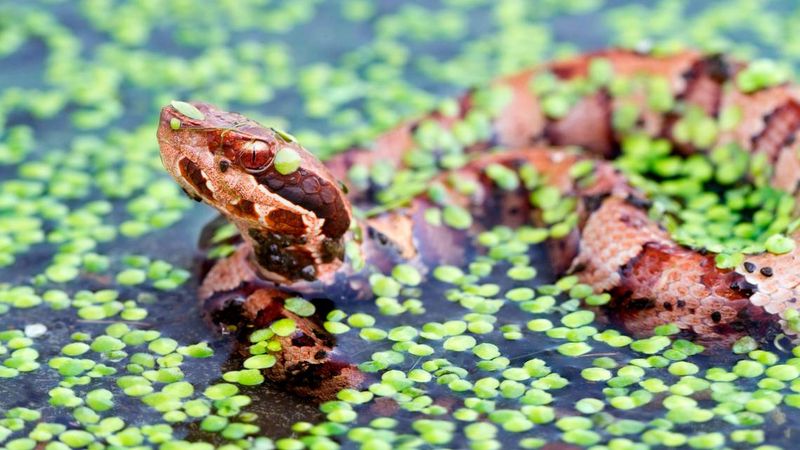
Float like a log, sting like a viper! Cottonmouths swim with their entire bodies buoyant on the water’s surface, heads held high and dry.
This contrasts with non-venomous water snakes that swim with only their heads visible. Their swimming posture serves as both an efficient hunting position and a helpful identification feature for wary humans who spot them in lakes and streams.
11. Complex Coloration Changes
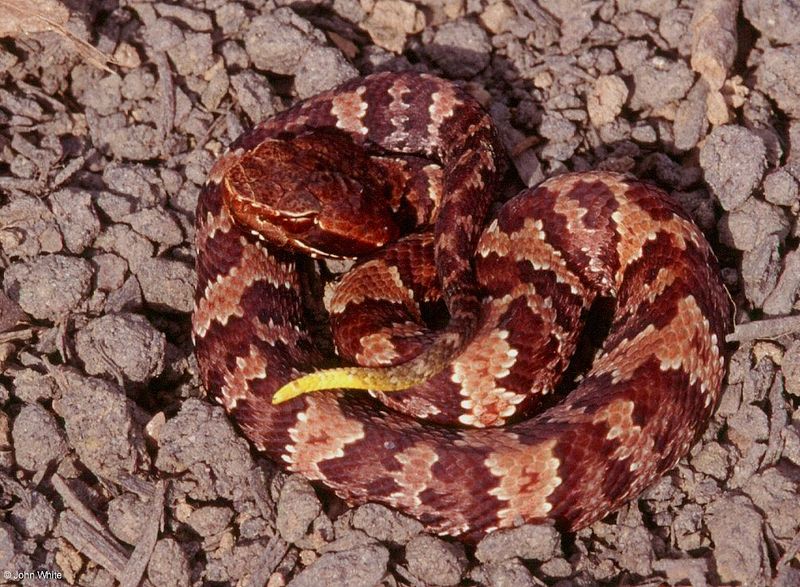
Young cottonmouths sport vibrant patterns with reddish-brown crossbands against a lighter background. As they age, these snakes darken dramatically, often becoming nearly solid black as adults.
The juveniles’ bright tails act as lures to attract small prey like frogs and lizards. This color transformation makes identifying cottonmouths tricky, as young and adult specimens can look like entirely different species!
12. Aggressive Reputation Versus Reality
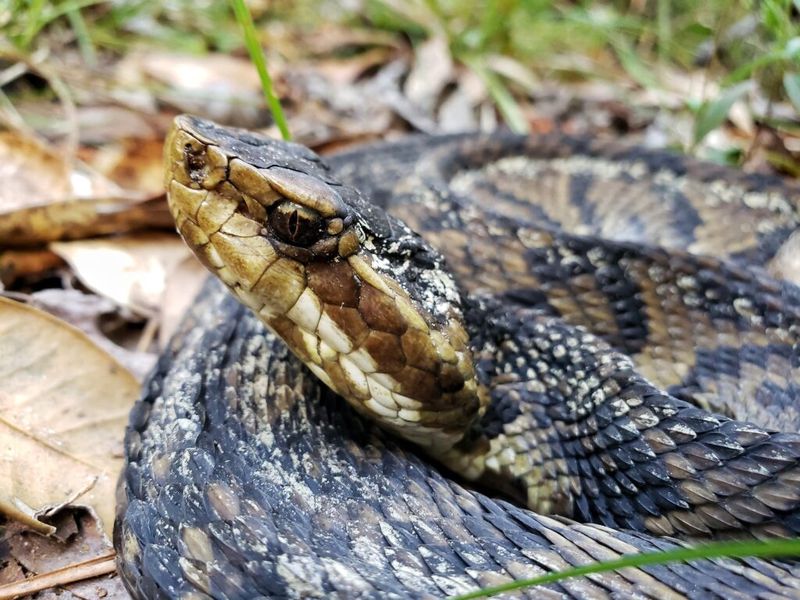
Despite their fearsome reputation, research shows cottonmouths typically try to escape rather than attack when encountering humans. Studies where researchers approached these snakes repeatedly found they attempted to flee 51% of the time.
Only when cornered or physically disturbed did they resort to defensive displays. Their “aggressive” reputation largely stems from their tendency to stand ground rather than immediately flee like many other snakes.
13. Winter Brumation Behavior
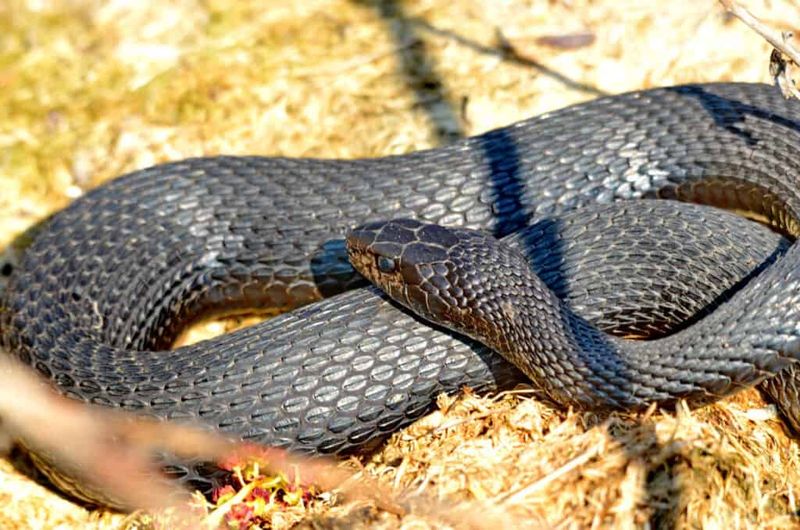
Cold weather sends cottonmouths searching for cozy winter hideouts. They enter a state called brumation—similar to hibernation but for cold-blooded animals—where their metabolism slows dramatically.
Groups sometimes den together in abandoned animal burrows, rock crevices, or hollow logs. On unusually warm winter days, they might emerge briefly to bask in the sun before returning to their shelters when temperatures drop again.
14. Fascinating Mating Rituals
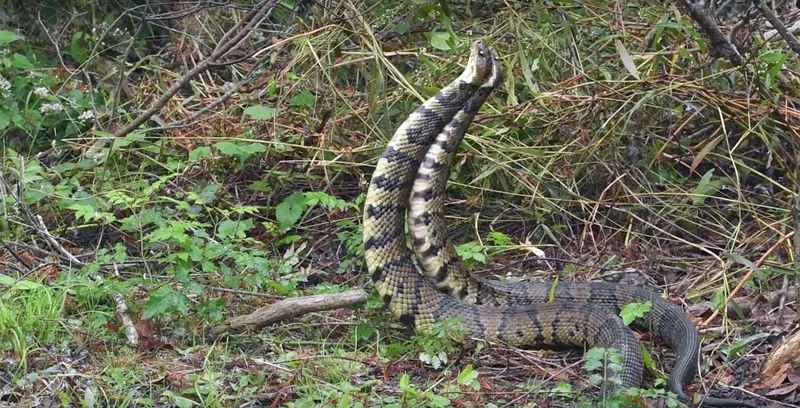
Spring brings dramatic snake courtship battles! Male cottonmouths engage in “combat dances,” raising their bodies upright and wrestling to establish dominance and mating rights.
These contests rarely cause serious injury but determine which males get breeding privileges. The victorious males then court females with gentle touches and specific body movements, demonstrating the complex social behaviors hiding beneath their fearsome reputation.
15. Conservation Status Concerns
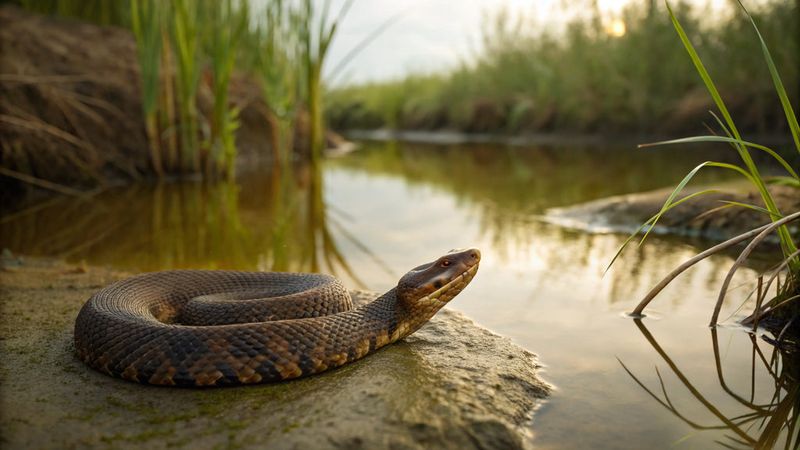
While not endangered overall, cottonmouth populations face increasing pressure from wetland destruction and habitat fragmentation. Some isolated populations have disappeared entirely as humans drain swamps and develop waterfront property.
Climate change also threatens these snakes by altering water levels in their habitats. Despite being feared, they play crucial roles in controlling rodent populations and maintaining balanced wetland ecosystems.




